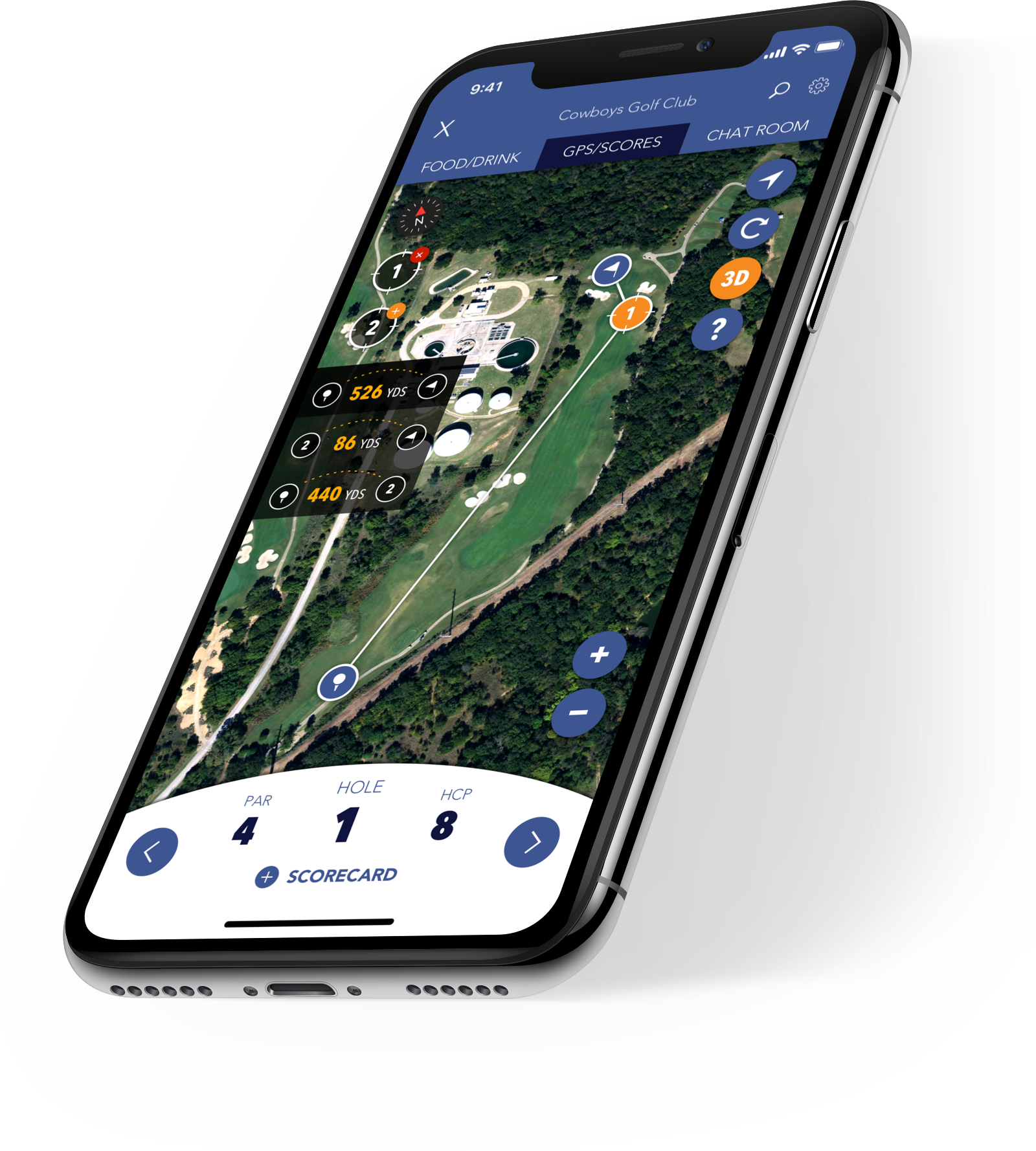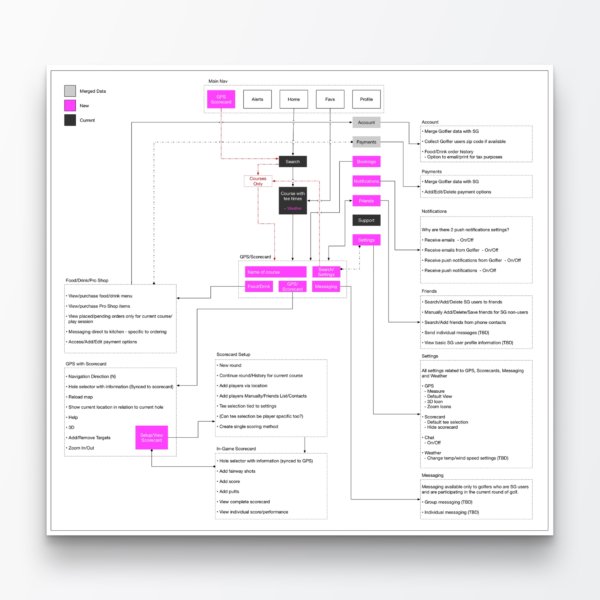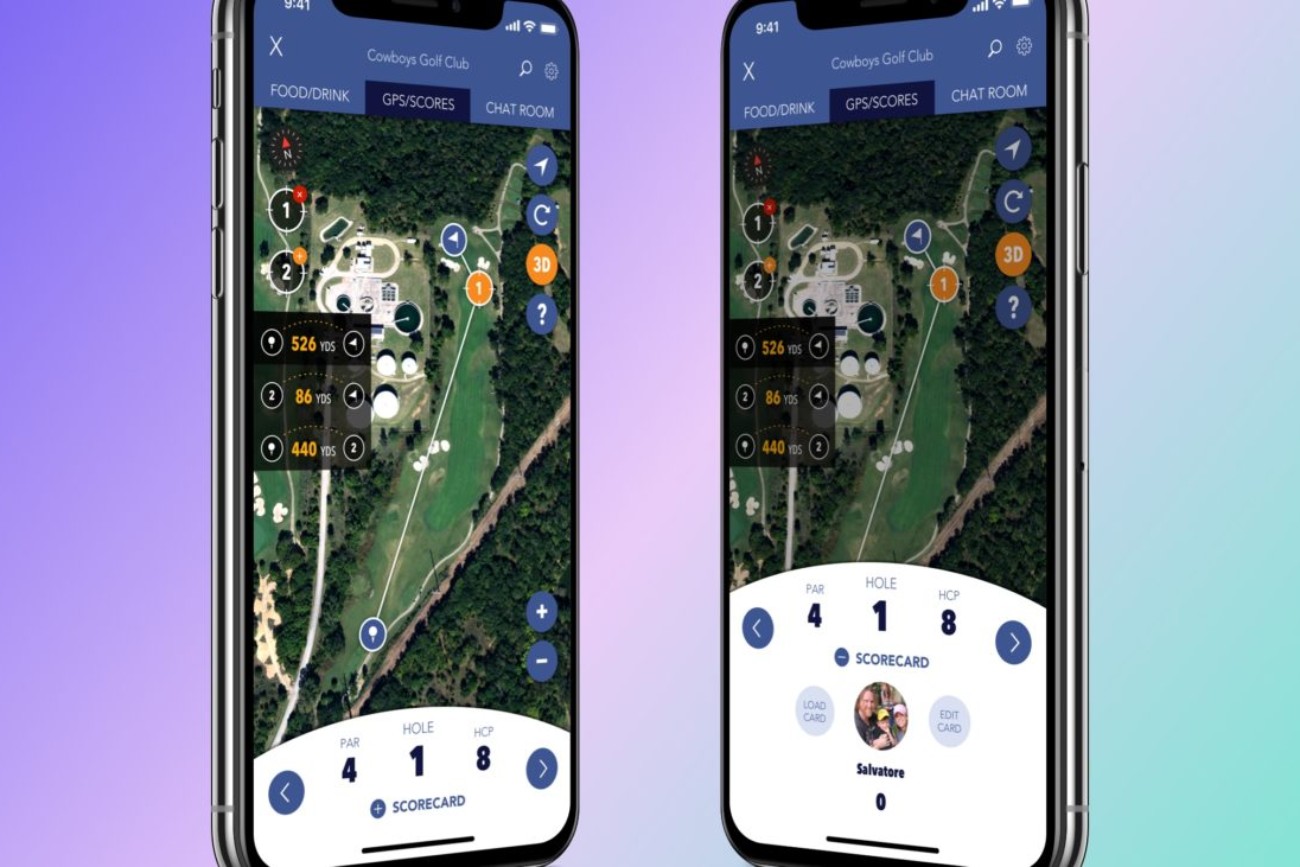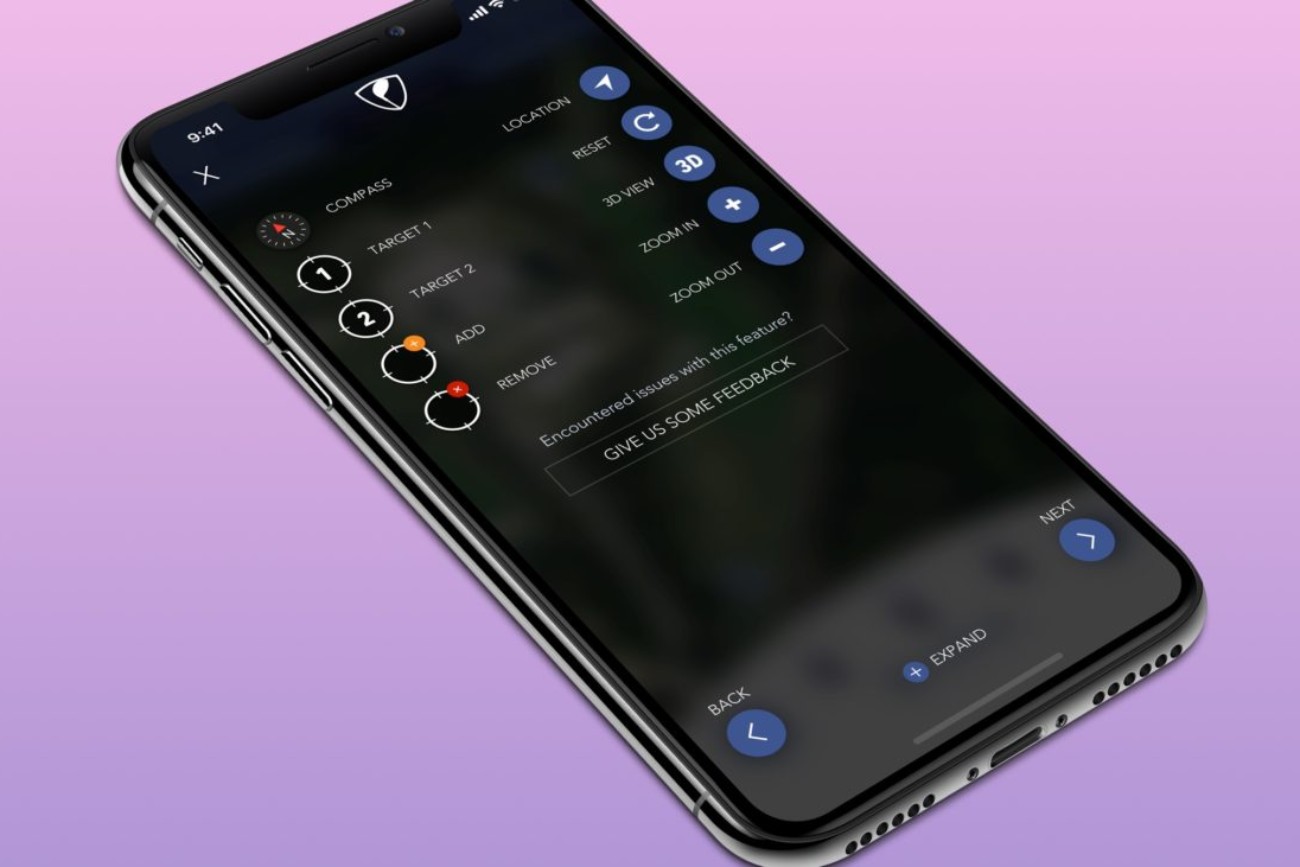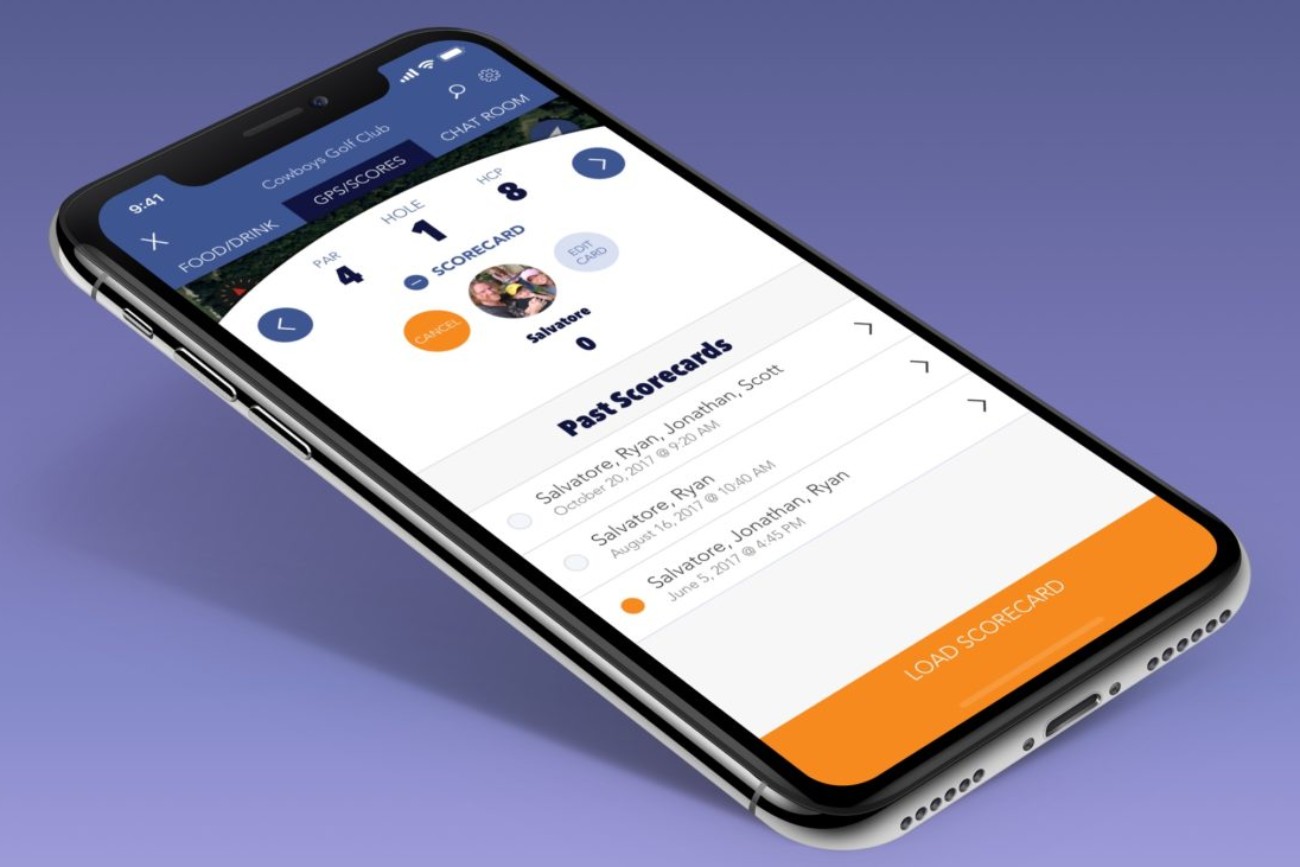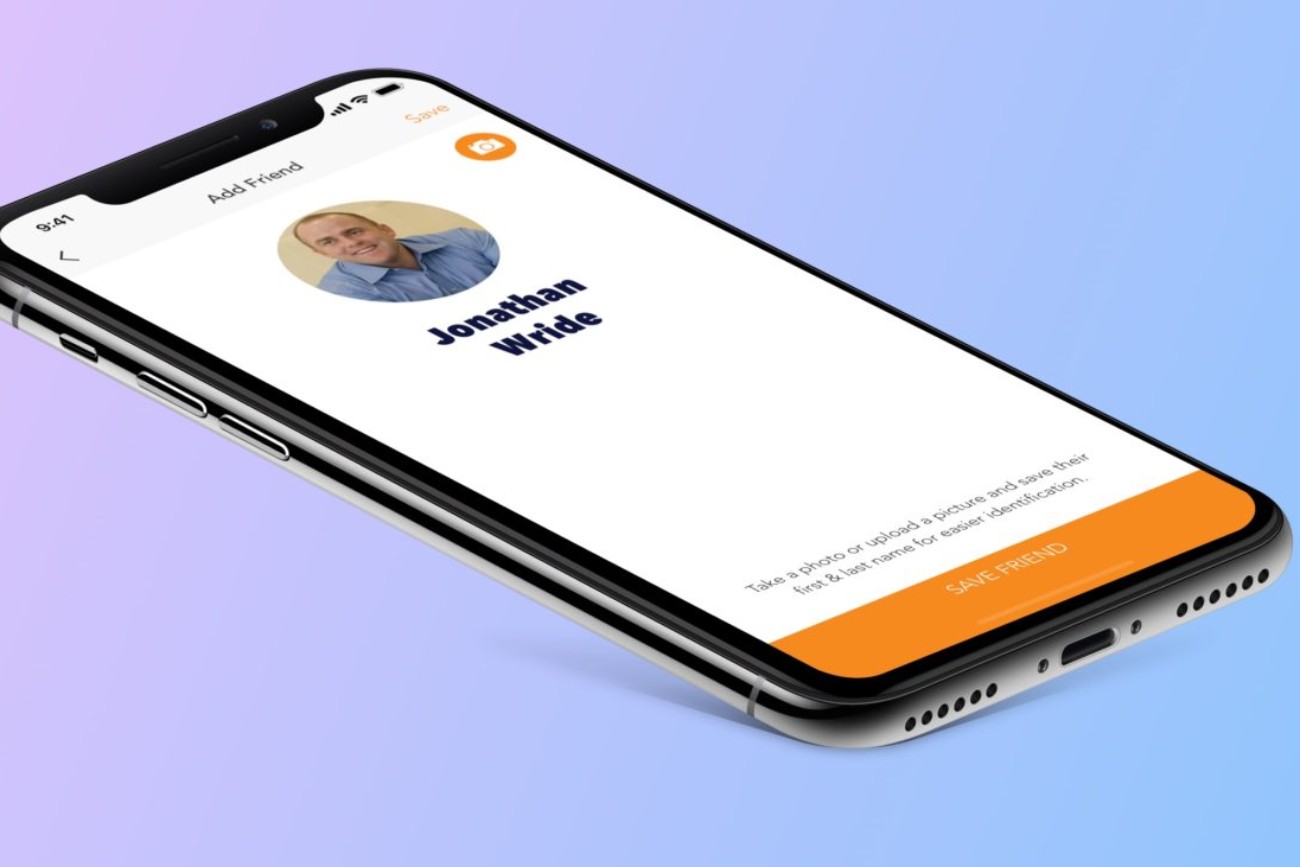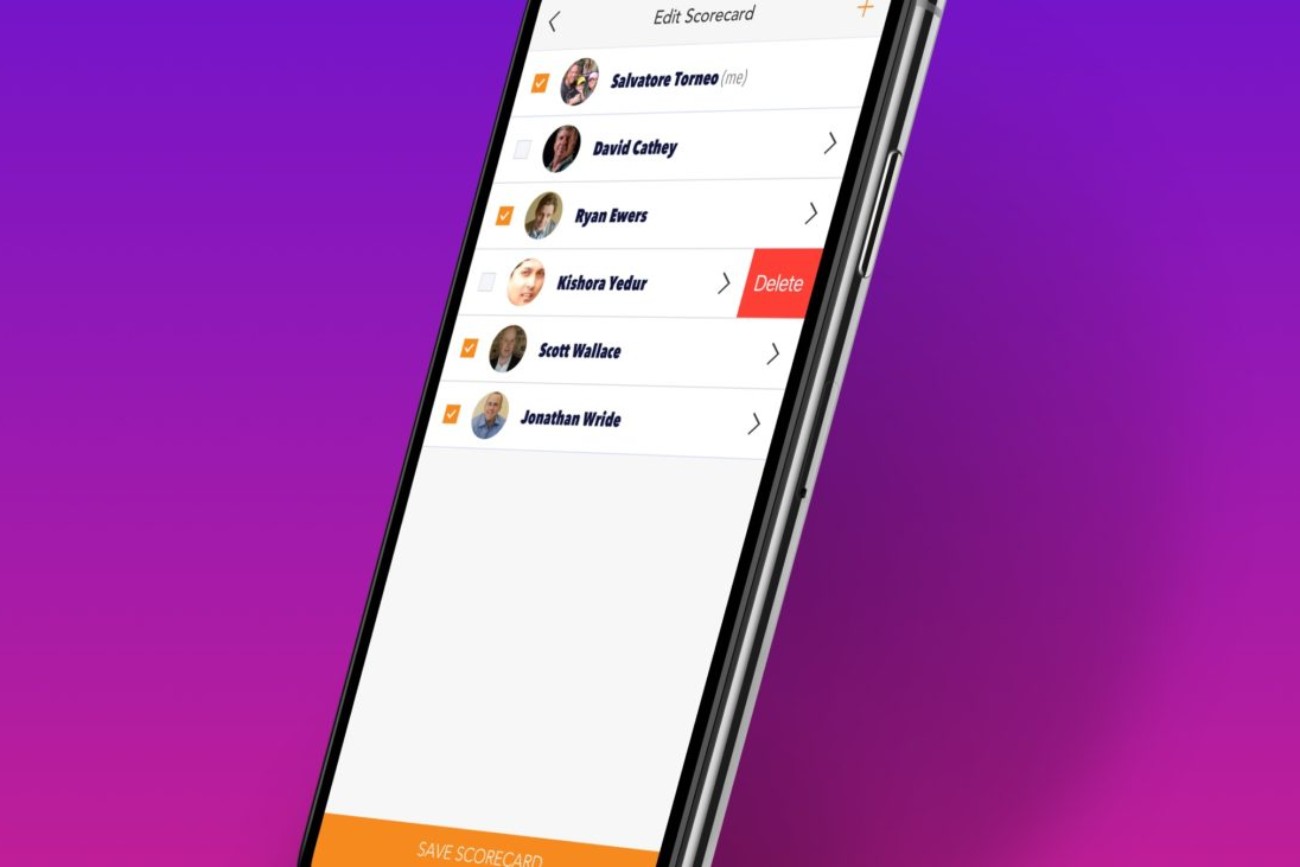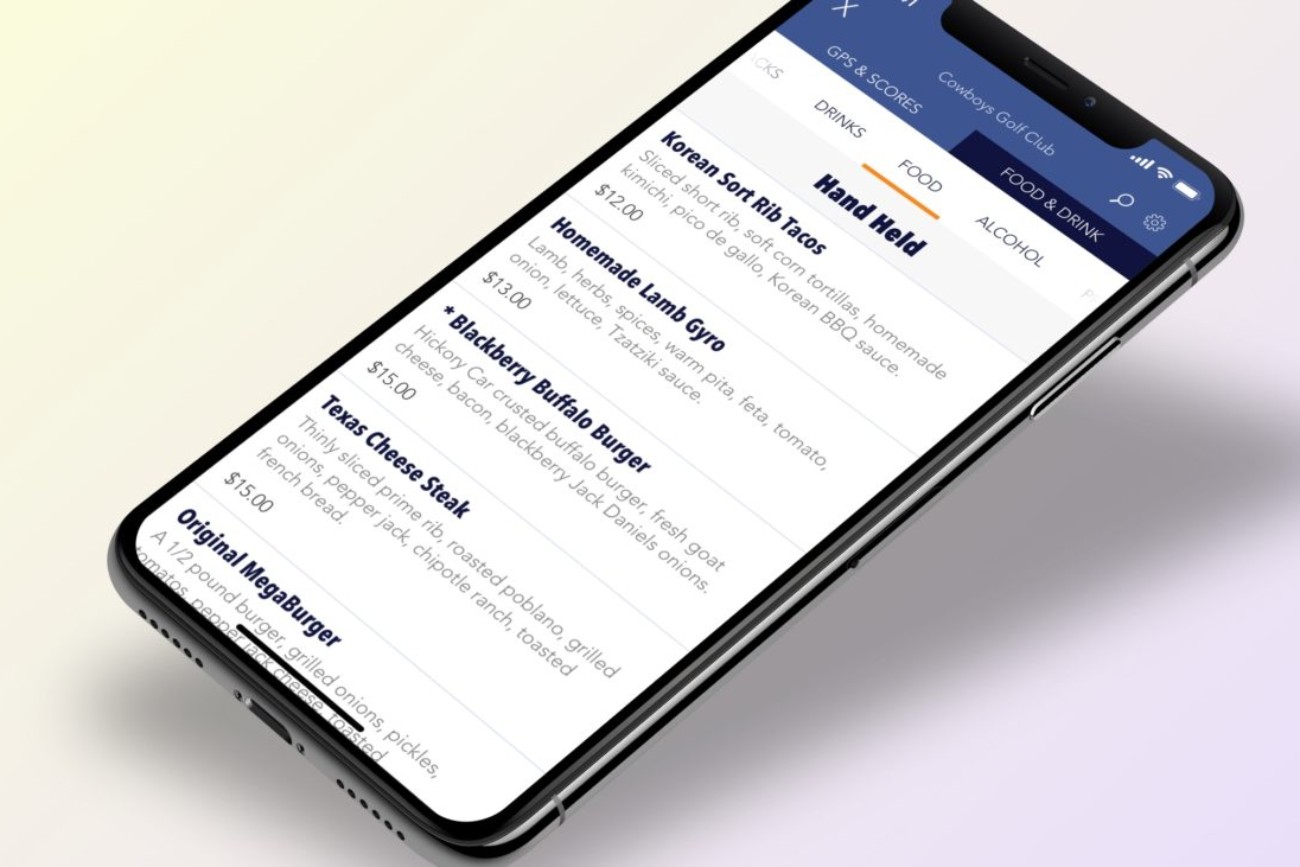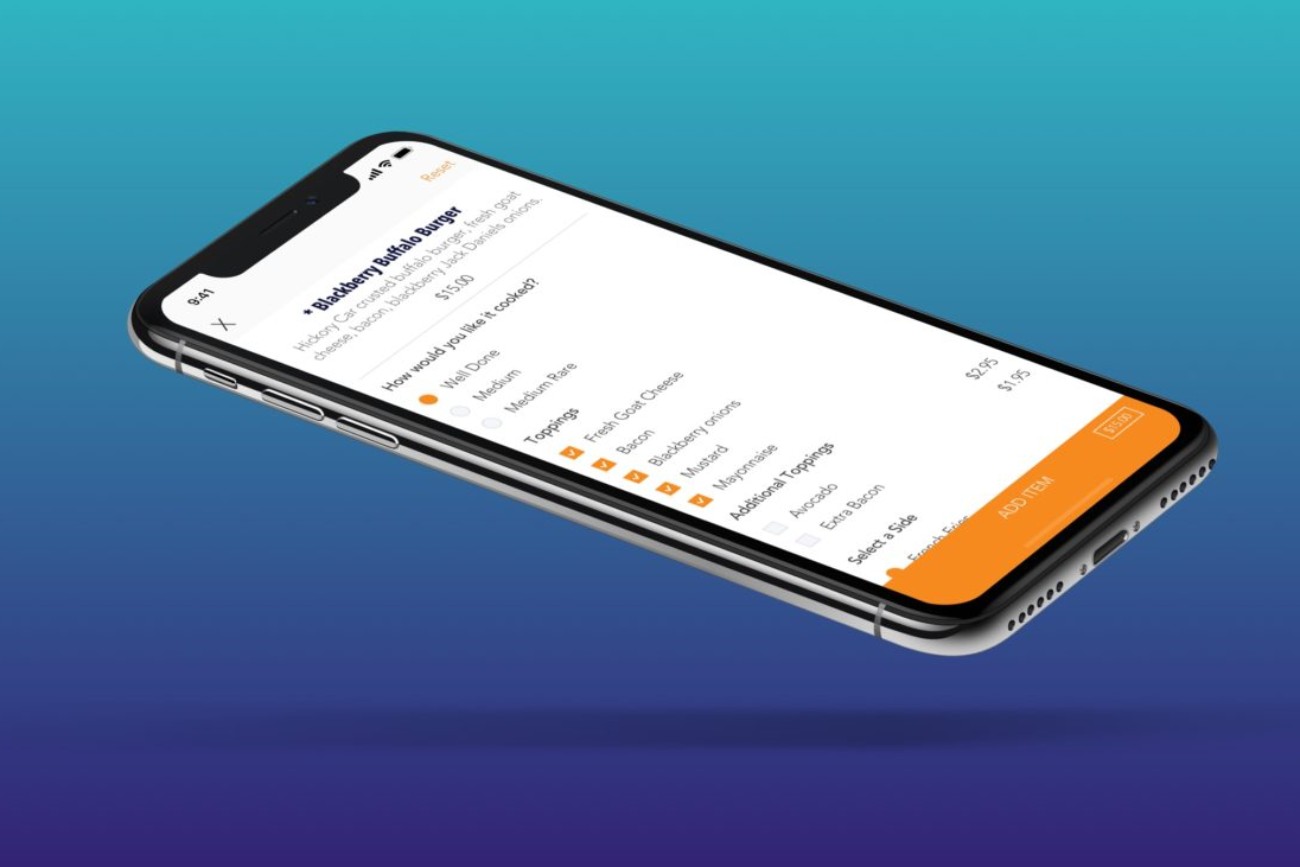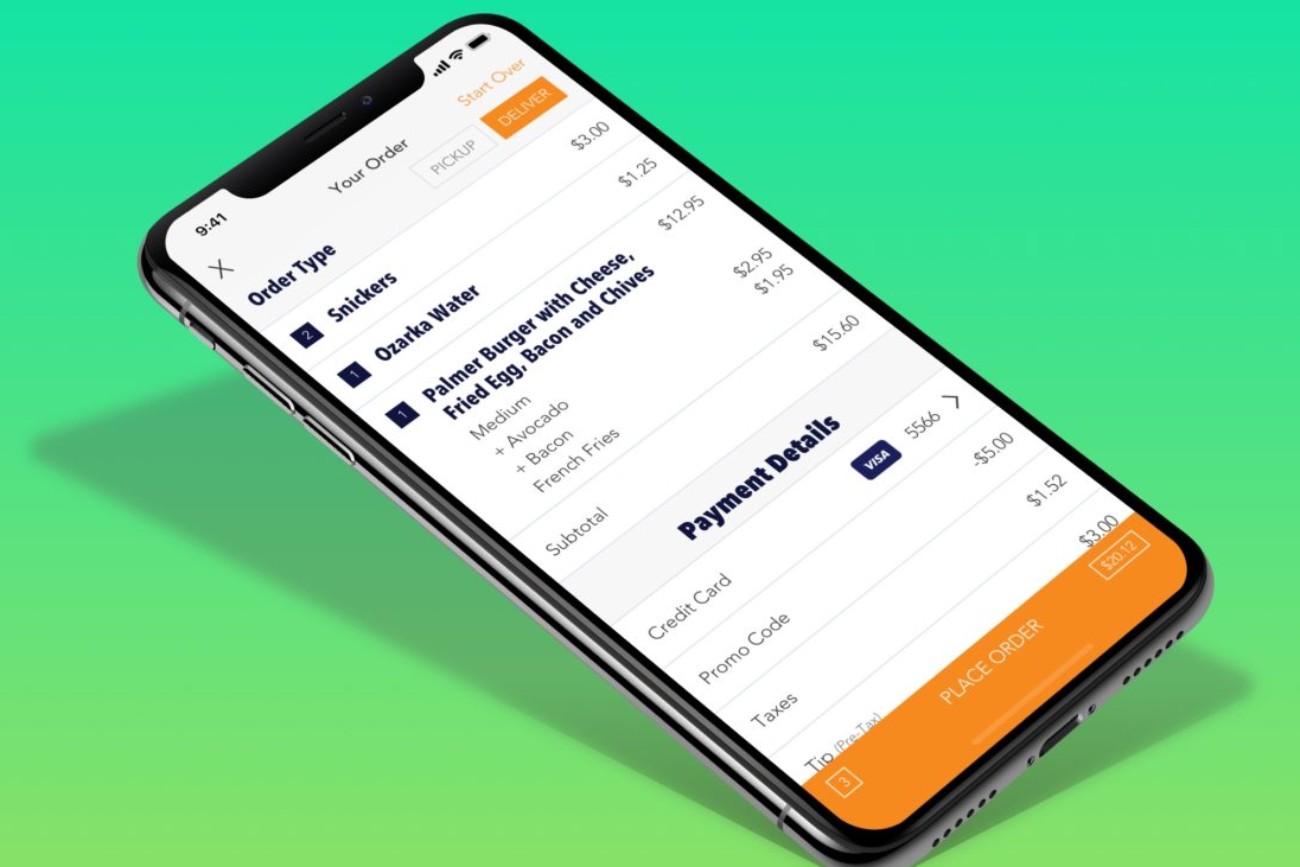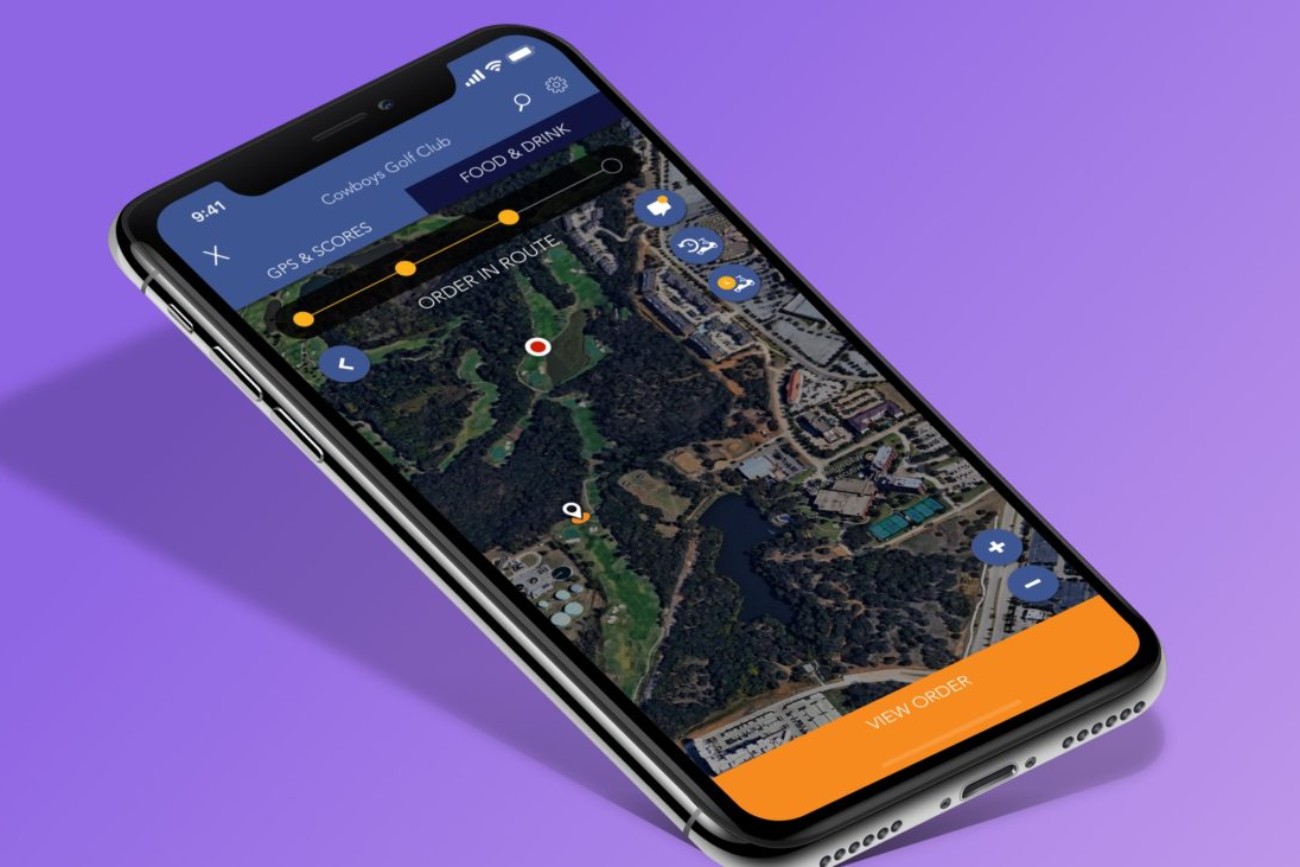Supreme Golf GPS & on demand integration .
In early 2017, Supreme Golf acquired a software company called “Golfler”. With that acquisition came a native mobile application and a point-of-sale system.
The mobile application enabled us to offer golfers the ability to view their position on the course via GPS, scoring capabilities, SMS messaging and conveniently order food and/or services (by pickup or delivery) via the point-of-sale system installed in the courses pro shop.
These new features filled a massive void within our current applications and offered the potential to greatly expand our user base.
Look … an elephant!
Serious golfers want access to their GPS location while on the course to help them plan their shots. They also want the ability to track their score and the score of their friends.
The scoring process had to be easy to set up and manage.
Giving the user the ability to order food and drinks, have an order delivered to their location and be able to chat in real-time with the delivery driver was something not offered by any other competitor.
UX process in full force.
After the acquisition, the entire Golfler team was brought into the Supreme Golf family. This gave me the opportunity to work directly with our new UX/UI and development teams to create a plan of action and to lead the team forward.
I met with course owners, course employees and players to discuss the current offerings and to uncover any pain points associated with the GPS, scoring and on-demand features.
After assessing the known issues, analyzing the current application, and performing some competitive research, I revised and improved upon the GPS feature by bringing forward items that were hidden, rearranging information displayed on the screen to make it more accessible all while not interfering with user interactions.
The scoring system needed a major overhaul. Adding/tracking scores while maneuvering between holes was not an easy process. Creating scorecards and adding friends was a manual process that had to be performed every time a scorecard was created. So I introduced a completely new feature called a “friends list”. This was simply a managed list where the user can add friends to a scorecard easily. This list can be created by either manually entering a friends information (name and photo) or by automatically adding them via the users’ contacts list on their mobile device.
The on-demand feature also need a complete overhaul because it was difficult to use, and it did not follow current trends. After some research on established similar solutions, I created a new workflow for the ordering process.
Outlining the cause and effect of integration.
After all of the interviews, competitive analysis and research how do you pitch your ideas to stakeholders and the development team?
You create a big, ugly product architecture map.
This is THE most important part of any new project because it outlines the product designers ideas and how they affect the entire product. This creates an opportunity for your team to have an open and honest discussion of the proposed ideas, identify any potential issues, sign off on all agreed upon ideas and create an execution plan.
If your team is not starting every major project with a diagram like this, you are doing it wrong.
Slap on some lipstick.
Since a lot of the UI elements existed within the new design system the UI design process progressed fairly quickly. There were instances were new features called for some new user workflows thus requiring the creation of new UI elements. But overall the design system aided in the creation of these missing items.
In the end, these two completely different applications felt like they were two peas-in-a-pod all along.
When the process works it’s a beautiful thing.
This project is the perfect example of why it is so important to research, plan, design, iterate and gather team consensus before you hand off to the development team. Because we stuck to the approved plan, we were able to get this done very quickly and with minimal hiccups.
Too often, some team members feel that getting the development involved early helps to push things along faster. It doesn’t.
Would you ever start framing a house before the slab is poured? I didn’t think so.

